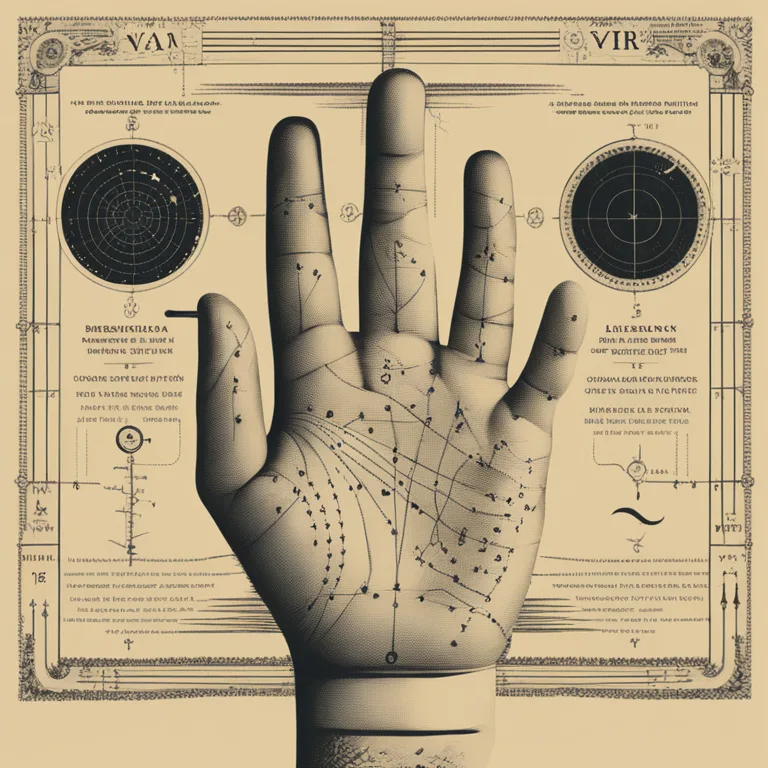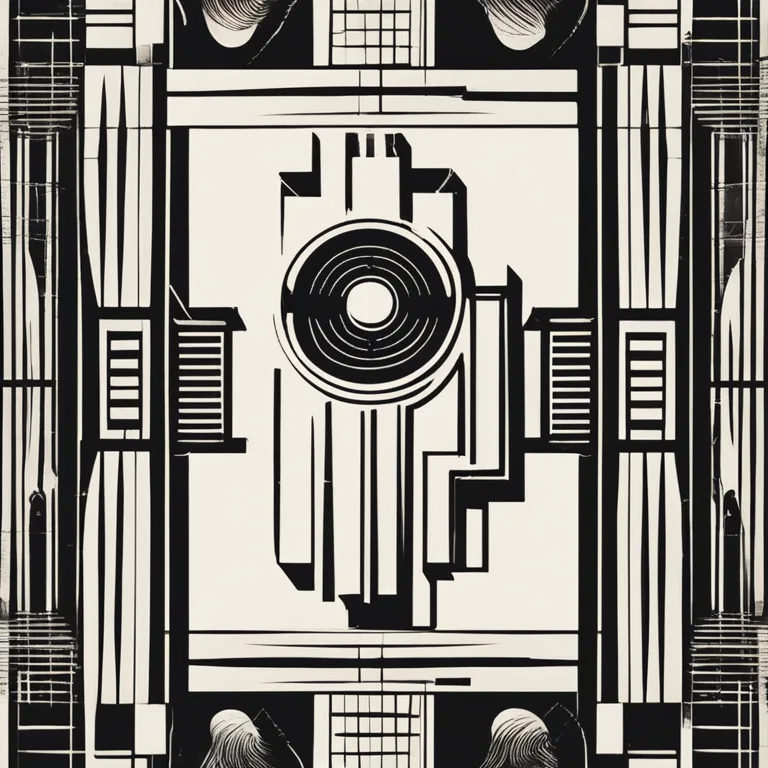
The Accuracy of Palmistry: A Modern Assessment
Investigate the credibility of palm reading through contemporary standards and widespread beliefs in this insightful analysis.
article by Nora Pennington
Palmistry's Enigmatic Appeal
Palmistry, also known as chiromancy, has long fascinated humanity. It implies that the lines and features of our hands hold secrets about our character and destiny. Despite its ancient roots, palmistry endures in popularity, intertwining with astrology and other divination practices. Many seek out palm readers seeking insights or confirmation about their life path. Yet, in an age driven by science and evidence, the crucial question arises: Is palmistry accurate? Let’s delve into its practice and scrutinize its reliability in today's world.

Historical Context and Present Day
The practice of palmistry can be traced back thousands of years, with evidence of its use in various cultures including Indian, Chinese, and Egyptian civilizations. It evolved over the centuries, intertwining with astrology and taking on different interpretations across cultures. Nowadays, the renewed interest in spirituality has brought palmistry into the limelight again, with modern practitioners often integrating psychological elements into readings, aligning it more with contemporary human understanding.
Scientific Scrutiny and Studies
From a scientific perspective, palmistry has not been substantiated as an accurate predictor of an individual's future or a definitive reader of one's personality. While some studies have sought correlations between hand features and certain medical conditions, the general consensus in the scientific community is that palm readings lack empirical support. Critics often classify palmistry as a pseudoscience, arguing that it relies on subjective interpretation rather than objective, reproducible evidence.

The Role of Psychology in Palm Readings
One aspect of palmistry that aligns more closely with contemporary thought is the psychological angle. Some argue that palm readings, similar to horoscopes, function as self-reflection tools, prompting individuals to introspectively consider aspects of their personalities and lives. Consequently, the accuracy may reside not in the palm itself but in the interpretations and the intrinsic value that individuals extract from the experience.

Skeptics vs. Believers
Regardless of the absence of scientific validation, palmistry has its share of believers who ascribe accuracy to their experiences. Skeptics dismiss successes in palmistry as results of the Forer or Barnum effect—a psychological phenomenon where individuals believe vague, general statements to be highly accurate for them personally. Advocates, however, often recount anecdotes of startlingly precise readings, which they attribute to the skill of the reader or unseen energies at play.
Choosing Your Stance
Ultimately, determining the accuracy of palmistry is influenced by one's personal belief system. If approached with skepticism, any accuracy may be attributed to chance or the skillful reading of body language by the palmist. Conversely, those with a belief in the metaphysical might attribute accuracy to a connection with universal truths. As of 2024, the debate remains open, and it is up to each individual to discern their position on the practice.
Conclusion: A Personal Journey
In sum, whether palmistry is accurate depends on the lens through which it is viewed. What is undeniable is its profound staying power as a form of personal exploration and its ability to provoke thought and wonder. As with most aspects of spirituality and mysticism, palmistry's validity may forever be a matter of personal faith and subjective experience rather than empirical analysis.
Published: 1/3/2024
Modified: 1/3/2024
More predictions
Come back here soon to learn more about yourself and your future


The Art Of Palmistry Revealed
Discover the intriguing facets of palmistry and learn how the lines on your palm can offer insights into your life journey and personality.


The Art Of Palmistry
Delve into the ancient practice of Palmistry to discover how the lines and shapes on your palm reveal aspects of your personality and destiny.


The Art of Palmistry: Lifelines to Fate
Delve into the ancient practice of palmistry and discover how the lines on your palm can reveal insights about your personality, destiny, and love compatibility.